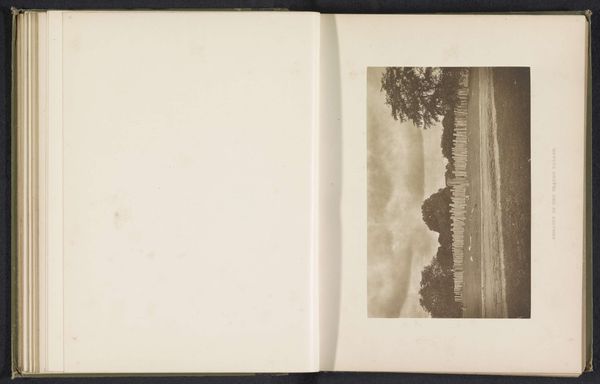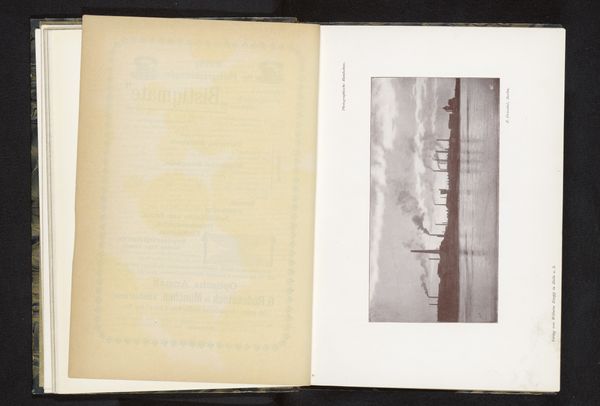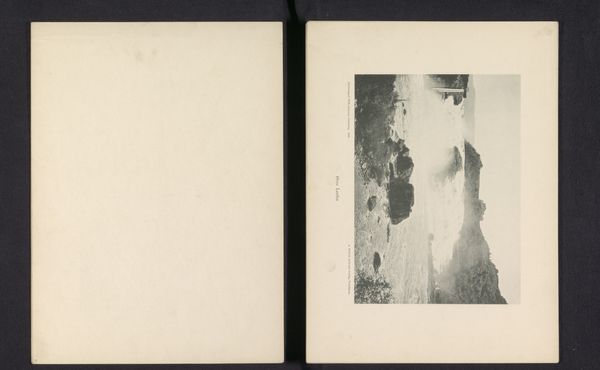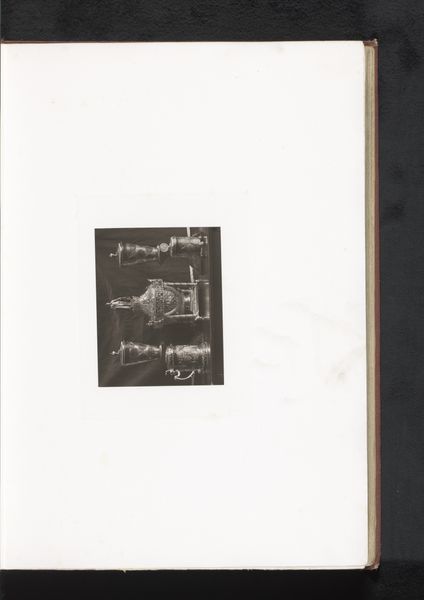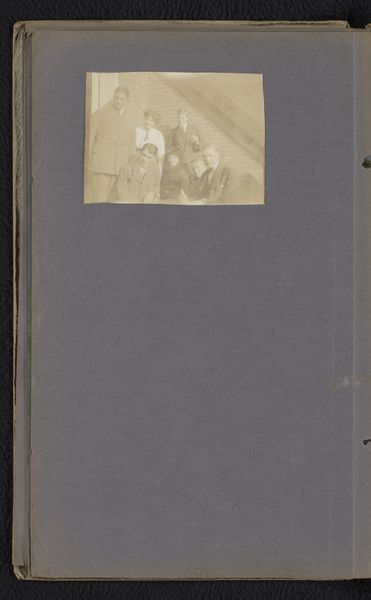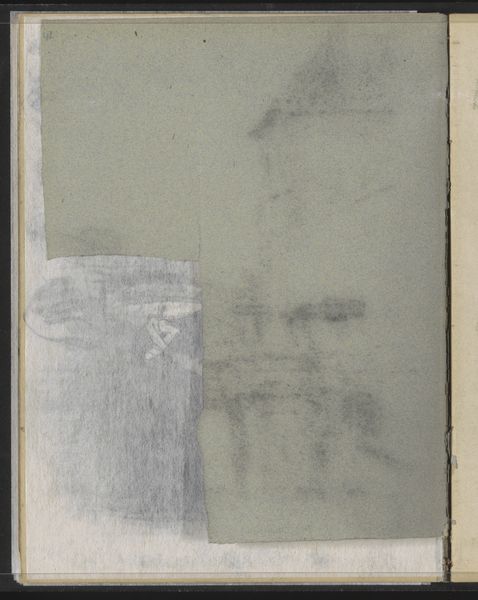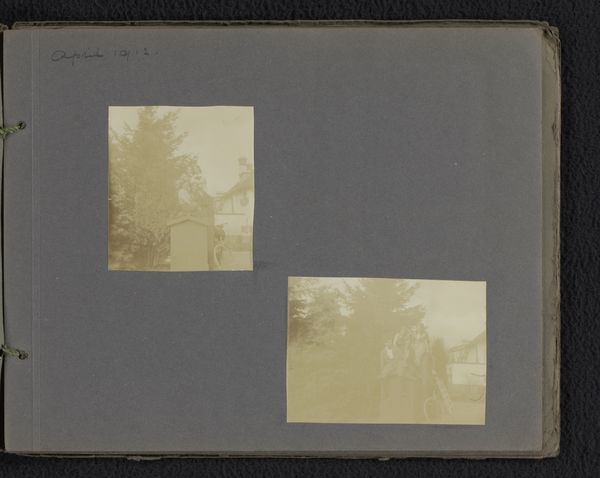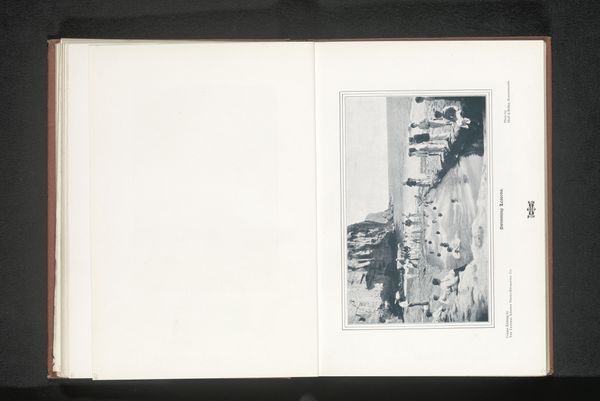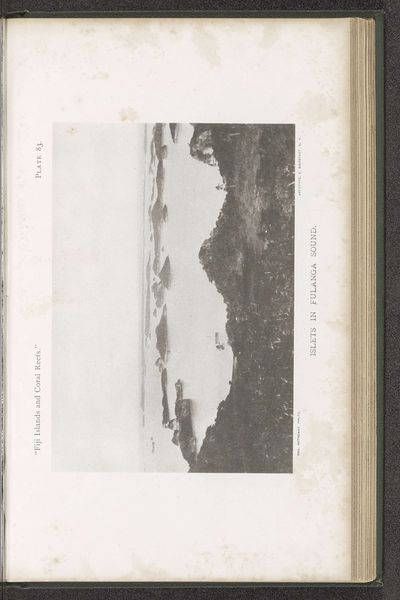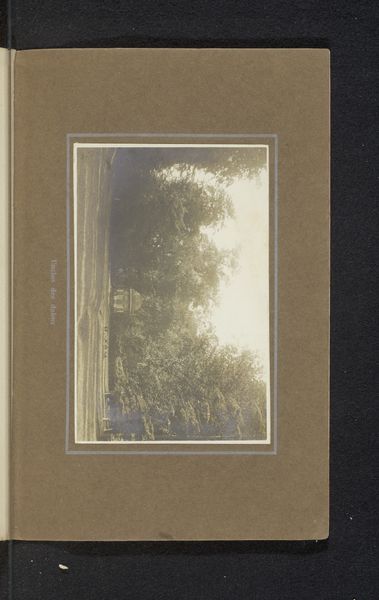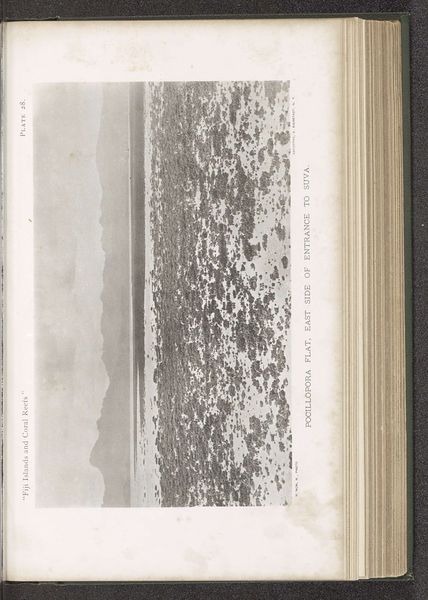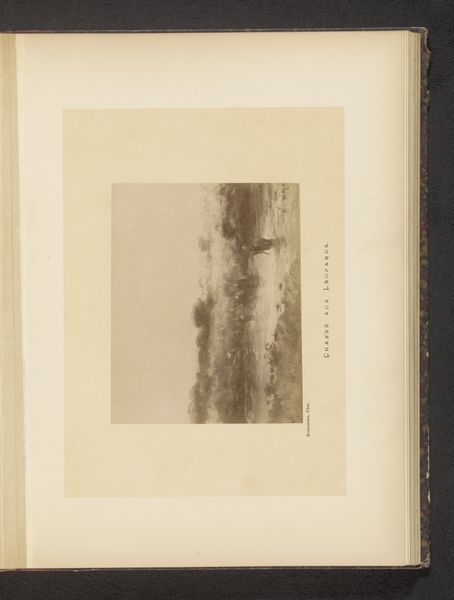
photography, gelatin-silver-print
#
sculpture
#
landscape
#
photography
#
gelatin-silver-print
#
modernism
#
watercolor
#
realism
#
statue
Dimensions: height 90 mm, width 60 mm, height 85 mm, width 120 mm
Copyright: Rijks Museum: Open Domain
Curator: Welcome. We’re looking at an ethereal work called "Water," a gelatin silver print, dating from around 1940 to 1943, and currently residing here at the Rijksmuseum. Editor: It strikes me immediately with its almost dreamlike quality. The tones are so soft, almost ghostly, and the composition is dominated by sky—or water. It’s difficult to tell. Curator: Indeed. That ambiguity is part of its strength. During that time, there was a tension within artistic circles, and a pull toward formalism and modernism and toward depicting subjects within the natural world during times of heightened cultural production. Editor: Do you think that it responds to the looming spectre of climate change? It feels quite ominous to me in a way, suggesting a potential ecological crisis. The water seems both a source of life and a potentially overwhelming force. Curator: I agree; its evocation of those concepts is undeniable, even though its historical moment didn’t precisely reflect our current awareness of environmental concerns. One interpretation of the work in museum practice considers how institutions might grapple with political and social shifts. In what way does its presentation impact the interpretation of history or influence the shaping of public perception? Editor: Well, placing it within a gallery or museum context certainly elevates its status, and arguably neutralizes some of its political potency. Displaying it encourages aesthetic contemplation. We are now in the present day trying to engage it in a conversation that it never anticipated. This dialogue we're currently undertaking reflects that interplay. Curator: Precisely. Its power partly derives from its starkness and ambiguity. It exists to reflect both individual interpretation and broader structural paradigms. Editor: It invites dialogue across historical and contemporary divides, encouraging engagement between social evolution and social agency, but also reflecting artistic conventions that evolve over the generations. Curator: It’s through that kind of open reflection, really, that we glean meaning, isn't it? Editor: Absolutely. It remains a vital piece.
Comments
No comments
Be the first to comment and join the conversation on the ultimate creative platform.

